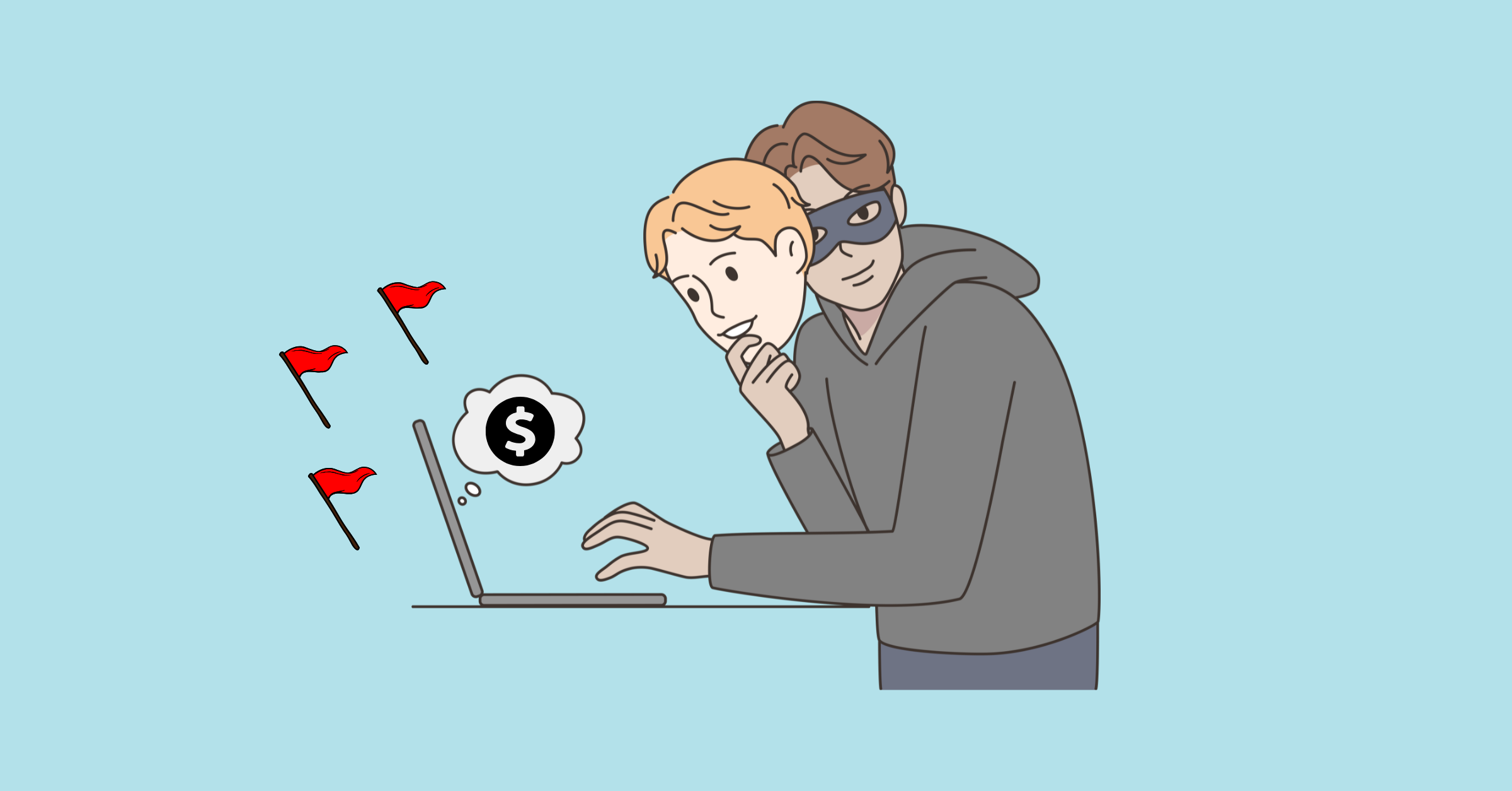By now, you’re most likely familiar with doomscrolling. You know, the thing where you can’t stop looking at Twitter or Instagram, swiping through all of the stories, articles, and messages of tragedy and despair. More unnerving COVID updates, more disheartening images of climate disasters, another crowdfunding link for a friend of a friend who has hit hard times. There’s so much depressing news, and all you can do is keep swiping for more.
Doomscrolling was such a phenomenon that it was named a 2020 Word of the Year by Oxford English Dictionary, but even in late 2021, it hasn’t slowed down — in fact it feels like the bad habit has only gotten worse. Well, it’s time to put the phone down and unlearn doomscrolling once and for all.
Doomscrolling as a concept blew up last year in light of the pandemic. Suddenly, with the world seemingly falling apart and nowhere else to go, we turned to our phones to try to make sense of what was happening. But at some point, we stopped making sense and just got lost in the quagmire of doom. The anxiety we feel from doomscrolling can be paralyzing, but at the same time, there is a strange validation that it brings.
According to Susan Albers, PsyD, via Cleveland Clinic:
“If you’re depressed, you often look for information that can confirm how you feel,” says Dr. Albers. “If you’re feeling negative, then reading negative news reconfirms how you feel. It’s the same mindset.”
Who doesn’t love being right (even when everything about the world feels so wrong)? Unfortunately, this loop of emotional corroboration is taking a toll on our mental health, which can lead to issues with our physical health.
When we experience stress, our body responds by going into fight-or-flight mode. It releases the stress hormones adrenaline and cortisol, which allow your body to focus, be more alert, and deal with the threat at hand. This is crucial for short-period stresses like reflexively swerving your car to avoid an accident, after which the hormone levels go back to normal. But when the stress is a prolonged response to financial issues or the state of the world, having those hormones swirling around in your body for extended periods of time isn’t good for you. In fact, according to the Mayo Clinic, it can lead to:
- Anxiety
- Depression
- Digestive problems
- Headaches
- Muscle tension and pain
- Heart disease, heart attack, high blood pressure, and stroke
- Sleep problems
- Weight gain
- Memory and concentration impairment.
- Needless to say, doomscrolling is bad for you. Like other bad habits, it can be tough to break, but with some mindfulness and dedication, you can unlearn it.
Unplug
The most obvious solution is to start at the source. Go on a walk, try some breathing practices, or do some other physical activity without your phone (or at least with your phone on airplane mode). Pay attention to your body and connect with yourself. If you’re a night doomscroller, try to get into the habit of making the last thing you do before falling asleep not screen-related, like reading a book.
Pay Attention to Your Responses
Part of the allure of doomscrolling is that there is a degree of mindlessness to it, like we’re just letting the wave of misery crash over us with little to no resistance. Well, it’s time to resist by being mindful. Again, from Cleveland Clinic:
“Be mindful of how a particular article makes you feel as you are scrolling by it,” Dr. Albers suggests. “Notice or observe the sensations in your body or your mind’s response to the news.”
When you pay attention consciously to the bad feelings such as anxiety, agitation or stress, she says, it’s more likely to motivate you to put on the brakes. “This,” she adds, “is your body’s way of saying stop.”
Try writing down the emotions as you feel them. Not only will this get you off your phone for a bit, but it can help you understand your responses as they happen to better prepare you for the next time you feel them.
Bring Yourself Back to the Present
In a way, doomscrolling is a way to avoid being present. It’s a strange form of escapism, as we’re escaping to distress, but it’s a form nonetheless! Try to ground yourself in the present, whether through meditation exercises or mindfulness apps, or simply taking a moment to remember the things you do have control over. This can help you put things into perspective and feel empowered instead of drifting off to helplessness.
Bad news isn’t going away any time soon. For the sake of our mental health, our physical health, and our overall quality of life, it’s time to take a breath, put the phone down, and take back our energy!
About the author
Sam Mani writes about work, creativity, wellness, and equity — when she’s not cooking, binging television, or annoying her cat




